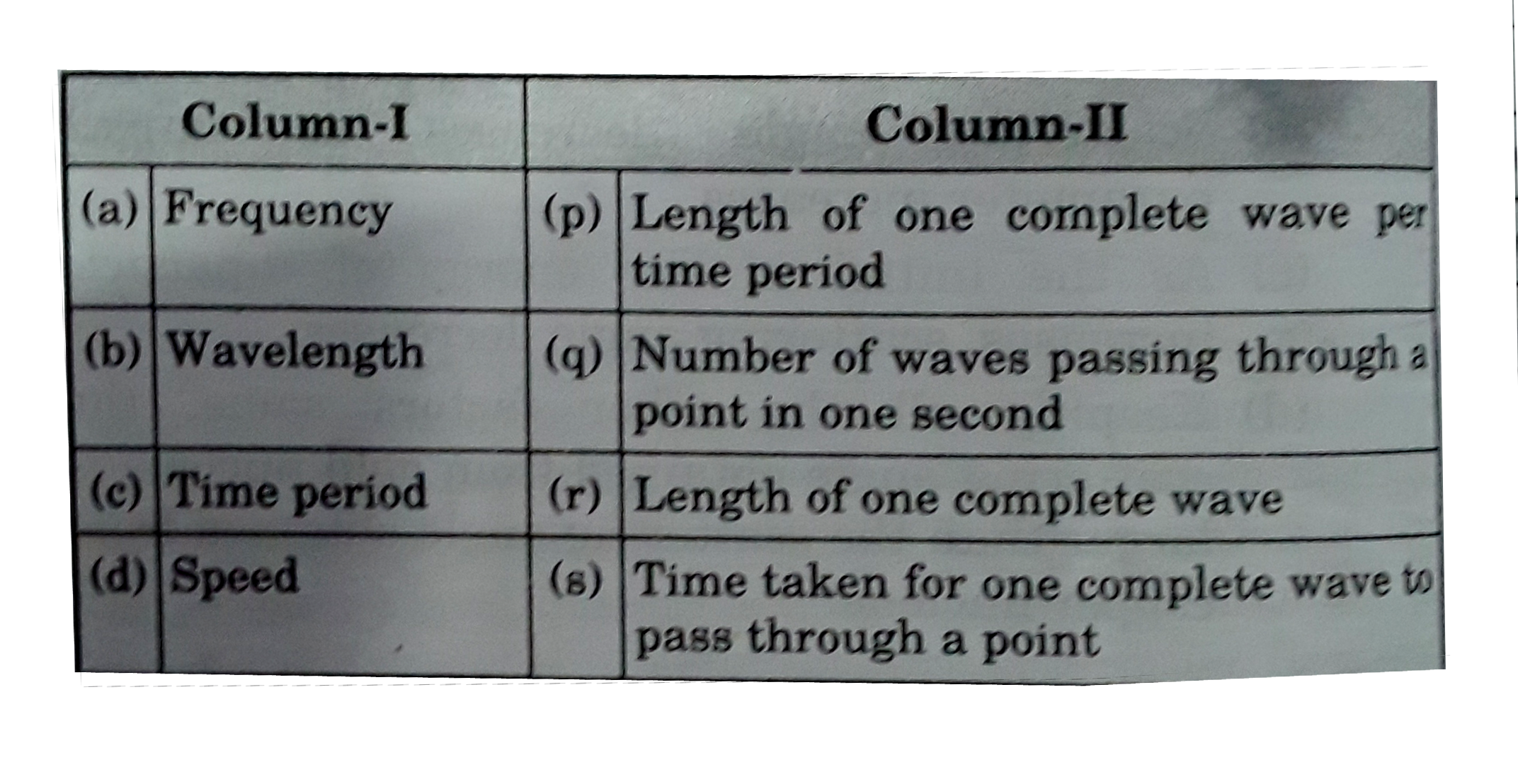Let us assume a different atomic model in which electron revolves around the nucleus (proton) at a separation r under the action of force which is different from electro-static force of attraction. The potential energy between an electron and the proton due to this force is given by U=−kr4 where k is a constant.
Find the radius of n th Bohr's orbit.
r=πnh√km
r=2πnh√km
r=4πnh√km
r=8πnh√km
The correct Answer is:c
Step by step video, text & image solution for Let us assume a different atomic model in which electron revolves around the nucleus (proton) at a separation r under the action of force which is different from electro-static force of attraction. The potential energy between an electron and the proton due to this force is given by U=-k/(r^(4)) where k is a constant. Find the radius of n th Bohr's orbit. by Chemistry experts to help you in doubts & scoring excellent marks in Class 11 exams.
Updated on:21/07/2023Topper's Solved these Questions
- ATOMIC STRUCTUREBook:GRB PUBLICATIONChapter:ATOMIC STRUCTUREExercise:Match the column type
Explore 16 Videos
- ATOMIC STRUCTUREBook:GRB PUBLICATIONChapter:ATOMIC STRUCTUREExercise:Subjective Type
Explore 55 Videos
- ATOMIC STRUCTUREBook:GRB PUBLICATIONChapter:ATOMIC STRUCTUREExercise:Multiple Objective Type
Explore 49 Videos
- CHEMICAL EQUILIBRIUMBook:GRB PUBLICATIONChapter:CHEMICAL EQUILIBRIUMExercise:D.Le Chateliera principle
Explore 16 Videos
Similar Questions
Match the following columns

View SolutionAssume that 10−17J of light energy is needed by the interior of the human eye to see an object . How many photons of green light (λ=495nm) are needed to generate this minimum energy .
[h=6.6×10−34Js]
View SolutionMonochromatic light of wavelength λ strikes a metal surface with intensity 'a' emitting 'b' electrons per second with 'c' as the maximum kinetic energy of electrons .Which of the following options will happen if 'a' is halved without changing wavelength and area of exposure?
View SolutionFor the reaction CO(g)+H2O(g)⇔CO2(g)+H2(g) at a given temperature the equilibrium amount of CO2(g) can be increased by :
View SolutionSuppose an electron is attracted toward the origin by a force (k)/(r ) where k is a constant and r is the distance of the electron from the origein .By appling Bohr model to this system the radius of the n^(th) orbital of the electron is found to be r_(n) and the kinetic energy of the electron to be T_(n) , Then which of the following is true ?
View SolutionAssume a hypothetica hydrogen atom in which the potential energy between electron and proton at separation r is given by U = [k in r - (k/2)], where k is a constant. For such a hypothetical hydrogen atom, calcualete the radius of nth Bohr orbit and energy levels.
View SolutionIf potential energy between a proton and an electron is given by | U | = k e^(2)//2 R^(3) , where e is the charge of electron and R is the radius of atom , that radius of Bohr's orbit is given by (h = Plank's constant, k = constant)
View SolutionIn a hypothetical concept, electron of mass m_(e) revolves around nucleus due to gravitational force of attraction between electron and proton of mass m_(p) . If the radius of circular path of electron is r, then the speed of electron is
View Solutionsuppose an electron is attracted towards the origin by a force k/r, where k is a constant and r is the distance of the electron form the origin. By applying bohr model to this system, the radius of nth orbit of the electron is found to be rn and
View SolutionThe force of attraction between an electron revolving around the nucleus and the nucleus is ______ force.
View Solutionमाना की एक इलेक्ट्रॉन मूल-बिन्दु की ओर बल k/r से आकर्षित होता है, जहाँ k एक नियतांक है तथा r इलेक्ट्रॉन की मूल-बिन्दु से दुरी है। इस निकाय के लिए बोहर मॉडल लगाने पर, n वीं कक्षा में इलेक्ट्रॉन की त्रिज्या rn तथा इलेक्ट्रॉन की गतिज ऊर्जा Tn पायी जाती है। तब निम्न में सही है :
View Solutionमाना एक इलेक्ट्रॉन मूल बिंदु की ओर बल kr के व्दारा आकर्षित होता है , जहाँ k एक नियतांक है तथा r इलेक्ट्रॉन की मूल बिंदु से दूरी है । इस निकाय के लिए बोहर मॉडल प्रयुक्त करने पर , इलेक्ट्रॉन की nवीं कक्षा की त्रिज्या rn तथा इलेक्ट्रॉन की गतिज ऊर्जा Tn प्राप्त होती है । तब निम्न में से कौन सत्य है ?
View SolutionIf in Bohr's atomic model, it is assumed that force between electron and proton varies inversely as r4 , energy of the system will be proportional to
View SolutionIn the Bohr's model of hydrogen atom, the radius of n^(th) orbit is proportional to n^a . Find the value of a if electric potential energy of the atom is given as : U=U_0 ln (r/r_0) . Here r_0 and U_0 are constant and r is the radius of the orbit in which electron is moving arounds the nucleus .
View SolutionSuppose an electron is attracted toward the origin by a forcekr where k is a constant and r is the distance of the electron from the origin .By applying Bohr model to this system the radius of the nth orbital of the electron is found to be rn and the kinetic energy of the electron to be Tn , Then which of the following is true ?
View Solution

